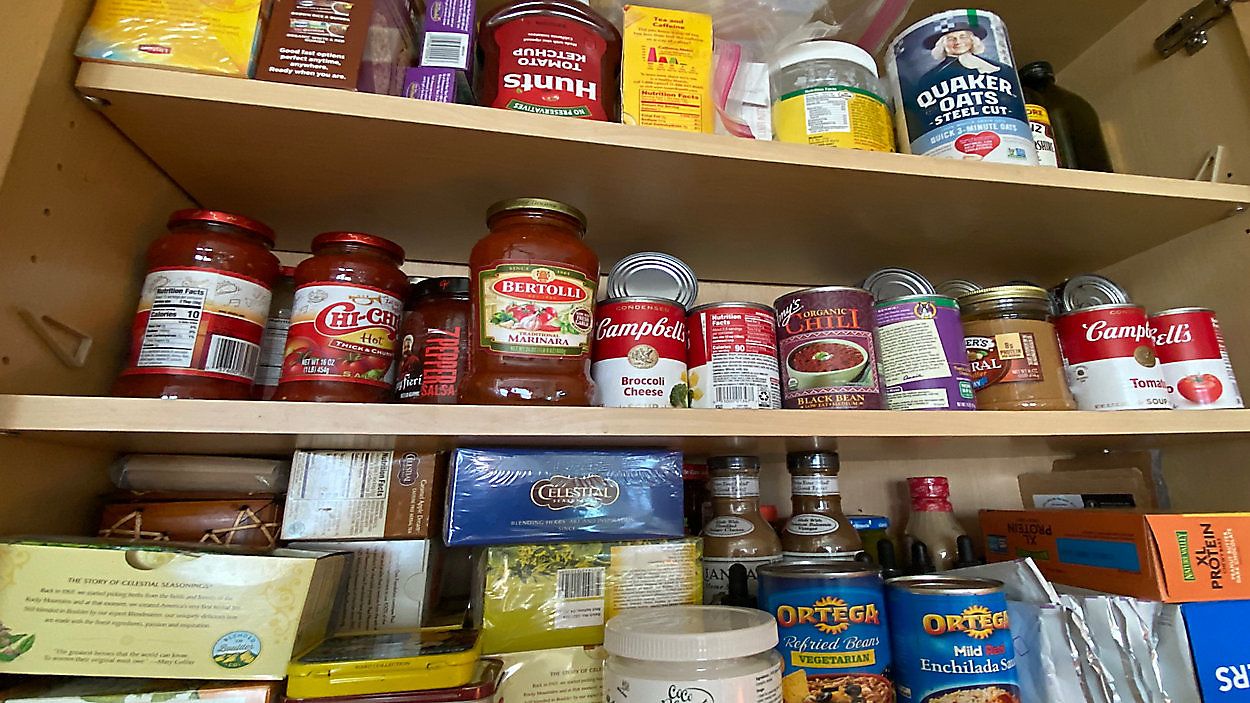Following a long-sought review of food-cost calculations for Hawaii, the U.S. Department of Agriculture’s Food Nutrition Service announced Monday that it raising the amount allocated for Hawaii families via a new, permanent summer nutrition program for children.
As part of the Summer Electronic Benefit Transfer, eligible Hawaii families will receive $177 in benefits per child to buy groceries over the summer. The amount reflects a recalculation of food-cost data that takes into account higher food costs on the neighbor islands. The benefit amount per eligible child in the mainland remains $120.
“FNS’s nutrition assistance programs have a wide-reaching impact on the health and well-being of children,” said FNS western regional administrator Jesus Mendoza, Jr. “This new program—and the boosted benefit amount for Hawaii to reflect the higher cost of food–will help nearly 100,000 children across the state get nutrition they need when school is out for summer so they can grow, learn, and thrive year-round.”
USDA acknowledged Hawaii’s Congressional delegation for advocating for the reevaluation of food costs.
“This adjustment will mean more money to buy food for kids in need,” said U.S. Sen Brian Schatz, a member of the Senate Appropriations Committee. “I thank (agriculture secretary Tom) Vilsack for working with us to boost this benefit and help feed more kids across Hawaii.”
FNS describes Summer EBT as an evidence-driven program that enhances food and nutrition security and improves food access and affordability. It was authorized by Congress in 2022 and Hawaii will be among the first to introduce the program this summer.
“For too many children, a school meal is often the only time they have something nutritious to eat,” said Rep. Ed Case, a member of the House Appropriations Committee. “Our Hawaii delegation will continue to do what we can to fight hunger–from keiki to kupuna.”
According to USDA, benefit amounts for future summers will be adjusted for inflation based on the Thrifty Food Plan, which reflects the cost of a “healthy, practical, budget-conscious diet” and is also used to calculate Supplemental Nutrition Assistance Program benefit amounts.
FNS recently released a Request for Information on food price data in Hawaii to help determine TFP cost estimates for the state. FNS is seeking comments and ideas from the public, food industry, and research community on this subject through March 4, 2024.
“While we must continue to fight to ensure that USDA’s Thrifty Food Plan reflects the higher cost of food in rural parts of Hawaii, I am encouraged that the USDA has taken the important step of increasing the EBT benefit in Hawaii to ensure that eligible keiki can access nutritional food during the summer,” said Rep. Jill Tokuda. “Food costs in Hawaii, especially on neighbor islands, are significantly higher than costs on the continental United States, and I am pleased that the USDA is taking this important step to help feed over 100,000 children across the state and to get us closer to ending child hunger.” In addition to Summer EBT, USDA also funds summer meal sites that provide free meals to families and “to-go” or home delivery summer meals in rural communities.
“I appreciate the USDA working with us to increase benefits to feed Hawaii’s keiki,” said Sen. Mazie Hirono. “As we work to make sure every child has the support to learn and grow, this adjustment will help to increase food security and ensure children have access to healthy meals throughout the year.”



